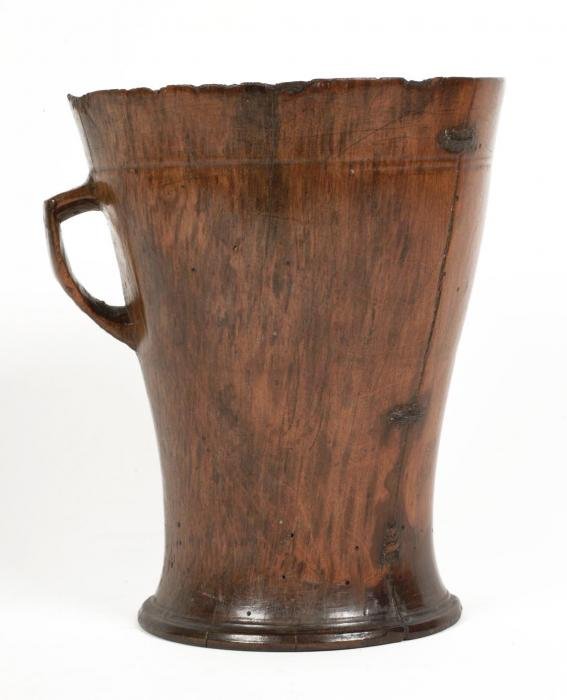How to to Copy Without Being an A** - Part One
Here’s how it goes down: Someone claims that someone else ripped off their original design, the other claims that it’s impossible because there is no such thing as an original design.
The topic of copying is a sticky subject. Whenever it is brought up, it usually gets ugly. Maybe that’s why I find the subject fascinating. I’ve had numerous conversations with folks who have felt slighted, awkward, and embarrassed for having any thoughts or feelings about the subject at all. This is especially true for the folks that think their designs are being ripped off. It has happened to me. So I want to explore this sensitive subject. I think it deserves more attention and a more nuanced understanding.
Copying is a deliberate act. I know this, because I copy other people’s work all the time. When I see a certain inspiring object I instantly feel the need to make a replica (another word for a copy) of it. But I usually don’t have to worry about pissing anyone off because I strictly copy antiques. The makers are all dead. Long gone. For me, it’s a way to explore design and to learn. If you have been following my work you know I’ve been honest about this. While I may not be able to make an exact copy or replica because either my skills aren’t up to snuff or I’m simply being lazy, doesn’t matter—the intent to copy is still there.
Here’s a copy/replica of an old box I brought back from Sweden and made 2015.
The lámhóg I love in the Pinto Collection in Birmingham, UK.
Here is my version of the lámhóg. I’ve been chasing the design for years. It’s not exact, but I keep trying. Jane Mickelborough owns this one.
Copying is natural. We’ve been copying since we were infants—language, manners, etc…it’s how we learn. And copying other folks’ work whether dead or alive is normal. And it’s ok to do it—at least for learning.
Derivative work is a kind of copying. I make this too. It’s a design that is a deliberate deviation from a copy. Derivative work is a slippery slope. To be derivative, the new work has to have something new added to it or be broken down in some way from the copied form in order for it to be truly derivative. The key point is to change it enough to make it your own. This is not always easy. And there are copies that are claimed to be derivative work. Derivative work isn’t typically discussed in relation to traditional craft, but I’ll try to make the argument in future posts that it should be.
My first mug design (2015) is a deviation from a cup found in Sweden called the Gotland cup. Later I mashed up the design with a few different cups from the excavations from York, England. These are made from one piece of wood on a reciprocating pole lathe.
The Gotland cup likely from Persia circa Viking era 1000 a.d. This cup is short and very gobular compared to mine. The handle type is seen all over in the pottery world.
Mugs I made in 2015 after a lot of research, exploration and skill building. It seems like a good example of derivative work because although the original inspiration is obvious, the body proportions are different. It’s a lot like the Gotland cup, but it isn’t a copy.
This faceted cup I made is also derivative work. I used the work of Maki Fushimi primarily, but also Yoav Elkyam, Florian Gadsby, and Jonathan Walburg for inspiration. Arguably its could be viewed as original work but to me I don’t think it has enough originality for me to call it so. I’ll discuss this cup and my design process in more detail in future posts.
Then there’s original work/design. And…. this is where a lot of the disagreement lies. I’ll explore this more later, but long story short, I think that original design is possible in our modern times with craft work. And it’s important to acknowledge it.
I hope you follow along as I explore these concepts in more depth. Historically, copying and craft objects are nearly synonymous so there is a lot to unpack. I’ll break it down into 3 more posts original work, derivative work and outright copying. I’ll probably piss some folks off, but in the end I hope to show you how to “copy” without being an a$%. And if you have something to contribute…please leave a comment or send an email.






